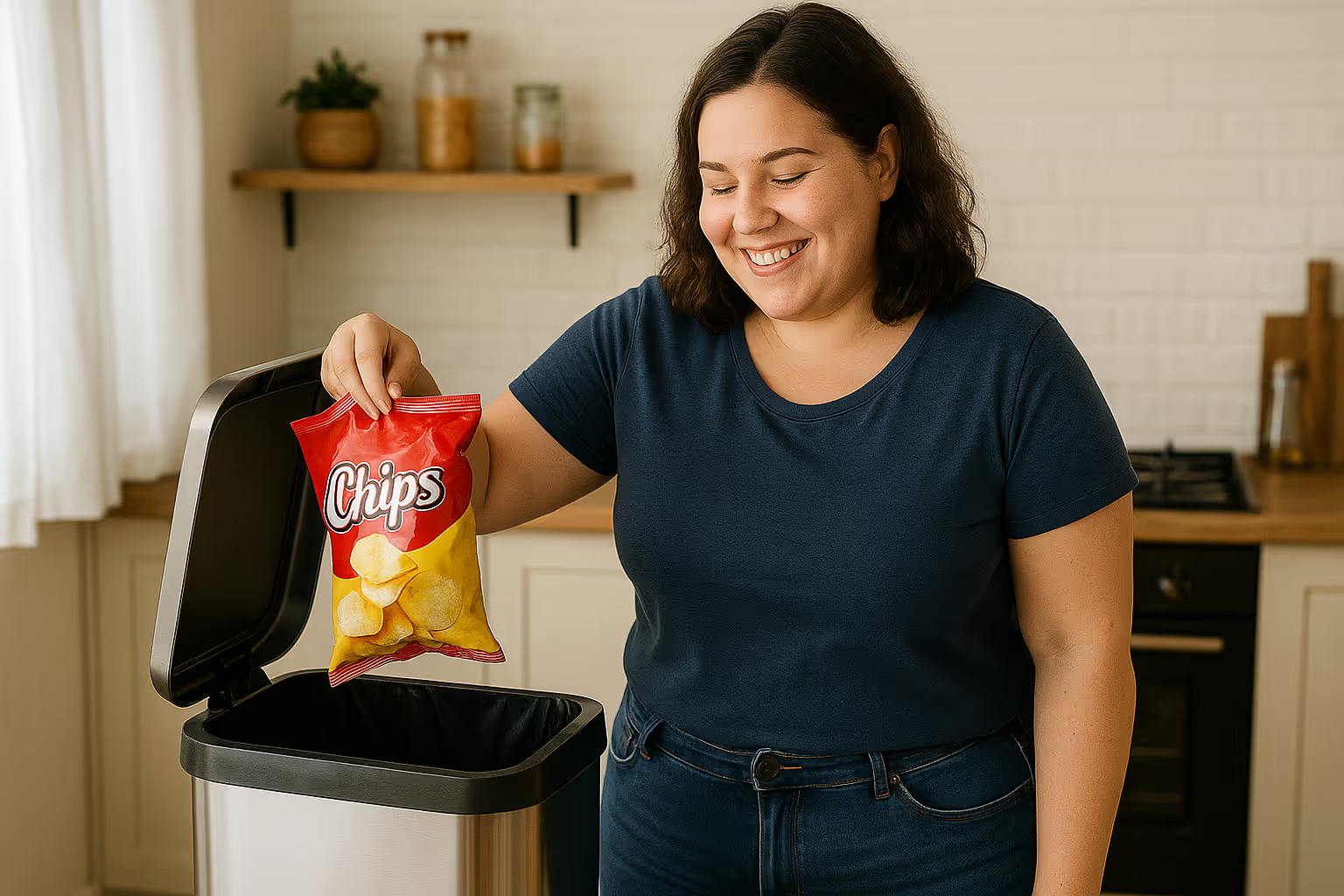Medication‑Induced Weight Gain — Lose Weight Without Sacrificing Your Health
Estimated wait time: 5 minutes or less

Why Do Some Medications Cause Weight Gain?
Certain drugs alter metabolism, appetite or fluid balance, leading to gradual—but frustrating—weight gain. Stopping them isn’t always an option, so our goal is to offset the metabolic effects while keeping you safely treated.

How We Address Medication‑Related Weight Gain Online
Medical weight loss is a physician‑supervised program that combines evidence‑based medications (GLP‑1s, appetite suppressants), nutrition coaching, and ongoing lab monitoring to achieve sustainable weight reduction and metabolic health—without crash diets or invasive surgery.
Comprehensive Intake
List every prescription, dose, and how long you’ve been on it.
Collaborative Care
Metabolic Labs
Fasting insulin, glucose, A1C, lipid panel to establish baseline.
Adjunct Therapy
Reassess labs, side‑effects and consider weight‑neutral alternatives if appropriate.
Effective online treatment for weight loss
HLTHi connects you with licensed providers who prescribe FDA‑approved or 503A‑compounded
medications and deliver ongoing coaching—entirely online.
Pick up your prescription at your
local pharmacy or have it shipped discreetly to your door.
Once Daily
Dissolves under the tongue; mimics GLP‑1 hormone to reduce appetite and slow gastric emptying
Once daily
Tablet absorbed in the stomach; same active ingredient as Wegovy® injections.
Weekly
DualGIP/GLP‑1 agonist for enhanced glucose control and weight loss.
Once Daily
Appetite suppressant + craving control.
Once or twice daily
Improves insulin sensitivity, especially in PCOS or pre‑diabetes
How Online Medical Weight Loss Treatment Works
From your first click to ongoing follow‑ups, the entire process is handled through our HIPAA‑secure platform. No waiting rooms, no unnecessary appointments just evidence‑based care delivered to your schedule.
Step 1.

Step 2.
Step 3.
Need new labs? We e‑order a panel through Quest Diagnostics; average turnaround is 24‑48 hours.
Step 4.
Step 5.
Common questions you may have about weight loss
Do you talk to my specialist?
With signed consent, we send a summary note and request any recent labs, ensuring all providers are on the same page.
Can I stay on my antidepressant?
Yes. We rarely recommend stopping an effective mental‑health medication. Instead, we add GLP‑1 or metformin to counteract weight gain, or coordinate with your psychiatrist to adjust dosing.
Will GLP‑1s interact with my other meds?
GLP‑1s have minimal drug‑drug interactions. We still review your list for narrow‑therapeutic‑index drugs (e.g., warfarin) and stagger dosing if needed.
How much weight can I realistically lose and how fast?
Clinically significant weight loss is defined as ≥5 % of baseline body weight, which meaningfully lowers blood pressure, A1C and triglycerides. In trials, GLP‑1s such as semaglutide produce average losses of 10‑15 % over 12‑16 months, while phentermine/topiramate averages 7‑10 %.
Most HLTHi patients report 1‑3 lbs per week during the active titration phase, slowing to 0.5‑1 lb with dose stabilization as the body reaches a new set point. We stress that medications are tools, not magic bullets: maximal results require a 300‑500 kcal daily deficit and at least 150 minutes of weekly moderate exercise.
Our app logs nutrition and weight, flagging stalls so your provider can adjust doses or add adjuncts (e.g., metformin for insulin resistance). Long‑term maintenance often means staying on a reduced “maintenance dose” or cycling therapy 3‑4 times per year.
Am I eligible for prescription weight-loss medication?
If labs are outdated (>6 months), we’ll order new ones (A1C, CMP, TSH, lipid panel) through a partnered national lab you can visit locally. Contraindications include personal/family medullary thyroid carcinoma, MEN2, severe GI disease, uncontrolled psychiatric illness, pregnancy or breastfeeding. Patients with a history of substance misuse may be ineligible for stimulant‑based suppressants like phentermine but can still qualify for GLP‑1s.
If you don’t meet criteria, we’ll recommend evidence‑based lifestyle coaching or refer to an in‑person specialist.
How does sublingual semaglutide work for weight loss?
Sublingual semaglutide is a GLP‑1 receptor agonist formulated to dissolve under the tongue, bypassing the GI tract’s first‑pass metabolism that can diminish tablet potency.
Once absorbed, it mimics the natural hormone GLP‑1 released after you eat, triggering three weight‑friendly actions:
(1) slower gastric emptying—you feel full longer;
(2) reduced hunger signals in the hypothalamus;
(3) improved insulin sensitivity, which curbs fat storage.
Clinical data on injectable semaglutide shows average losses of 15 % of body weight at 68 weeks; early pilot studies on sublingual forms suggest similar pharmacokinetics when properly compounded, though large phase‑3 trials are ongoing. Most patients notice appetite reduction in week 1‑2, with measurable weight loss by week 4‑6 when paired with a modest calorie deficit.
Common side‑effects (nausea, mild reflux) usually fade in two weeks and can be minimized by starting at a low micro‑dose and titrating every 4 weeks under provider supervision. Because sublingual semaglutide is compounded, it’s not yet FDA‑approved; we work only with 503A/503B‑certified pharmacies to ensure sterility and potency.
.svg)

